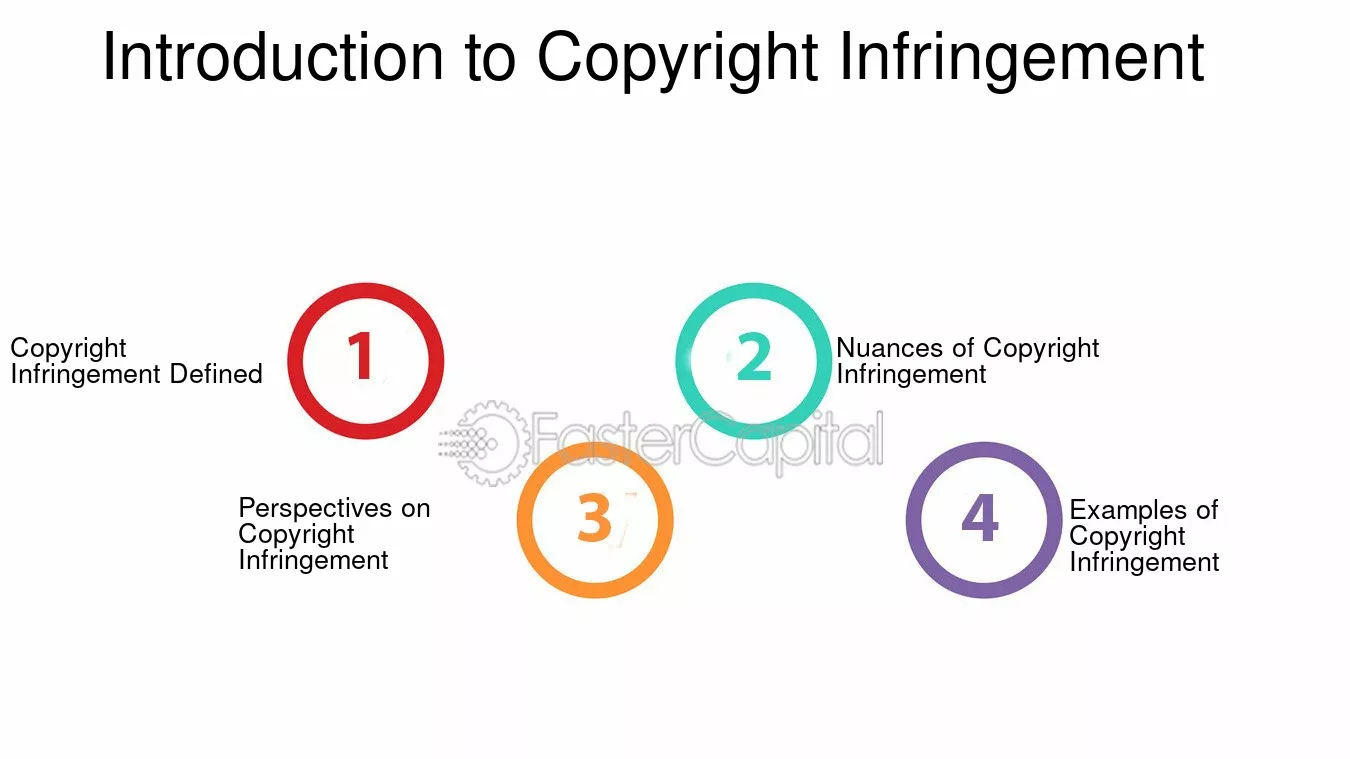Copyright is a legal concept that establishes the rights of creators over their original works, providing them with exclusive control over the use, distribution, and reproduction of their creations. The digital age has ushered in a vast spread of information, enhancing creativity but also challenging copyright protection. To preserve the integrity of copyrighted works, effective copyright disclosure becomes instrumental. This article explores the components, processes, and significance of copyright disclosure, and introduces the importance of tools such as a copyright detector.
What is Copyright Disclosure?
Copyright disclosure is the formal acknowledgment and communication of the copyright status of a work, indicating ownership and the terms under which the work can be utilized by others. It encompasses the clear declaration of the copyright notice, year of publication, and the identity of the copyright owner. This function not only reinforces the creator’s rights but also informs the public about permissible uses and restrictions.
The typical components of a copyright disclosure include:
- Copyright Notice: This is a statement placed on a work notifying users that the work is protected by copyright. It generally includes the © symbol, the name of the copyright holder, and the year of first publication.
- Terms of Use: These define the parameters within which the work can be used by others. It might include permissions, restrictions, and guidelines for licensing.
- Contact Information: It provides a way for interested parties to obtain permission for uses not covered under automatic or explicit terms.
- Registration Details (Optional): While not mandatory, registering a work with a copyright office can add an additional layer of protection and serve as official evidence of ownership.
Importance of Copyright Disclosure
At its core, copyright disclosure serves several critical functions in the protection and economic exploitation of creative works:
- Protection of Creator’s Rights: By clearly stating the copyright status, creators prevent unauthorized use and exploitation of their works.
- Guidance for Users: Copyright disclosure serves as a roadmap for potential users, clarifying what is legally permissible and what requires explicit permission.
- Facilitation of Licensing and Revenue Generation: With clear terms, creators can license their works more efficiently, opening doors for additional revenue streams.
The Role of a Copyright Detector in Copyright Disclosure
One of the significant challenges in the realm of copyright protection is the vastness and accessibility of content on the internet, which poses a threat to the control of intellectual property. This is where a copyright detector becomes invaluable.
A copyright detector is an advanced tool that scans and analyzes content to identify copyright infringement. Here is how it plays an essential role in copyright disclosure and protection:
- Automated Scanning: A copyright detector can autonomously scan online platforms and databases to uncover unauthorized uses of copyrighted materials. This is especially useful for creators who have to manage multiple works across different media.
- Content Verification: It verifies the originality of content, providing evidence to support copyright claims or disputes. This function is crucial when establishing ownership in legal matters.
- Infringement Alerts: Users are promptly notified of potential breaches, allowing them to take timely legal or corrective action to safeguard their rights.
- Usage Monitoring: Beyond infringement, a copyright detector can monitor how a work is used, ensuring that even authorized uses remain within agreed parameters.
- Integration with Copyright Registries: Many copyright detectors can integrate with official registries, matching content against registered works to facilitate quicker identification and enforcement.
Implementing a Copyright Detector: Benefits and Challenges
While utilizing a copyright detector offers significant advantages, it is important to consider both the technical and ethical dimensions of its implementation.
Benefits:
- Efficiency in Rights Management: Automating the detection process saves time and resources, allowing creators or rightsholders to focus more on creative endeavors rather than policing.
- Enhanced Protection: With continuous monitoring, creators are better equipped to prevent and address unauthorized usage.
- Data Insights: By analyzing the scope and type of usage, creators can gain valuable insights into audience interaction with their works, assisting in strategic decision-making.
Challenges:
- Data Privacy Concerns: Automated monitoring can raise issues regarding surveillance and privacy, necessitating careful handling of gathered data.
- False Positives: Incorrect identification of infringement can lead to unnecessary legal actions or disputes, underscoring the need for accurate algorithms.
- Cost and Accessibility: Depending on the complexity, deploying a copyright detector can be costly, potentially limiting access to those with fewer resources.
Despite these challenges, the strategic deployment of a copyright detector is increasingly central to modern copyright management, ensuring that rights are both protected and respected in this digital era.
The Future of Copyright Disclosure and Protection
As the digital landscape evolves, so does the need for more sophisticated tools and methods to preserve creative rights. Future copyright detectors may incorporate advanced AI and machine learning technologies to improve accuracy and efficiency.
These tools could also expand beyond simple detection, enabling dynamic licensing solutions where permissions and fees are automatically managed based on usage patterns and contexts. Additionally, blockchain technology may become intertwined with copyright management, providing immutable records of ownership and transaction history.
In the age of open data and creative commons, understanding the balance between sharing and protecting is crucial. As initiatives allow creators to grant permissions more flexibly, the role of a copyright detector in managing and monitoring these varying levels of access will become even more significant.
Conclusion
In conclusion, as the world continues to generate an unprecedented amount of content, the importance of effective copyright disclosure becomes evident. It serves not only as a protective mechanism for creators but also as a critical component in the broader ecosystem of information sharing and cultural growth. The integration of tools like a copyright detector transforms this landscape, offering robust, efficient, and scalable ways to ensure that creators can control and benefit from their works without unnecessary impediments. By maintaining a vigilant approach to copyright protection and embracing technological advancements, we can foster a sustainable environment where creativity thrives within the rule of law.



































